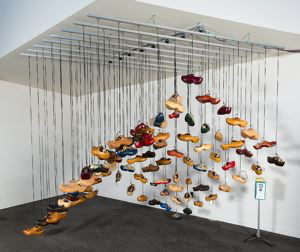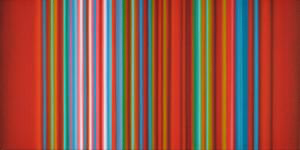| Showing 9 of 35 |
| FILTER RESULTS | × Close |

 by Artist (33)
by Artist (33)
Abe Blashko
1
Alice Leora Briggs
1
Brian Mains
2
Carlos Villa
1
Chiura Obata
1
Cliff Benjamin
1
Constance Mallinson
1
Cyrus E. Dallin
1
Don Suggs
1
Eric Orr
1
Jack Stuppin
1
Jaime Muñoz
1
Jeffrey Vallance
1
Joseph Mugnaini
1
Karen Kunc
1
Kenda North
1
Kenneth Callahan
1
Leo Amino
1
Margaret Nielsen
1
Maryann Webster
1
Melanie Walker
2
Nayland Blake
1
Oskar Fischinger
1
Philip Zimmerman
1
Reuben Kadish
1
Robert Comings
1
Roger Brown
1
Sister Mary Corita Kent
1
Stanton Macdonald-Wright
1
Terry Allen
1
Terry Schoonhoven
1
Triesch Voelker
1
Von Allen
1




